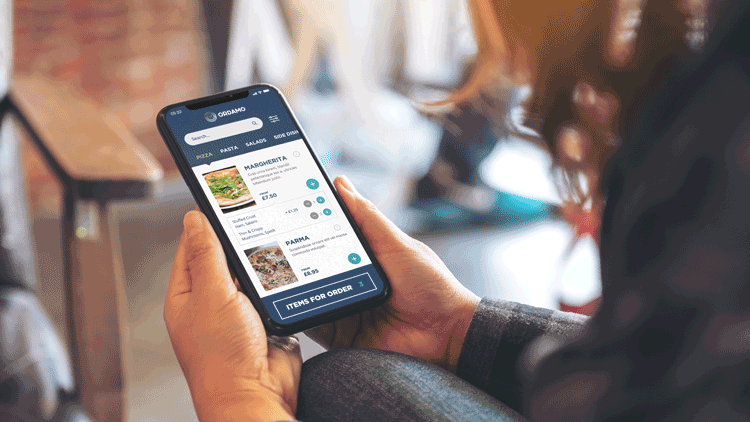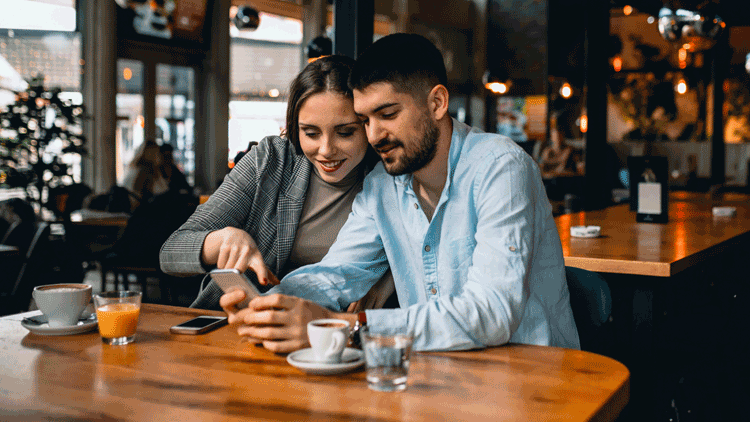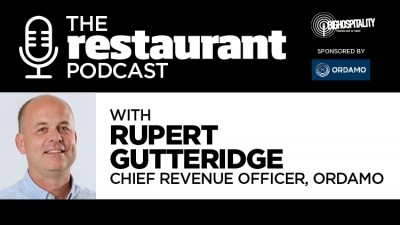Sponsored Feature
Putting the power in the customers' hands
Customer-facing technology in restaurants such as digital menus and order at table apps are not a new thing.
In the casual dining arena especially over the past five years or so businesses have trialled various types of technology designed to give customers greater control of the dining experience, such as bespoke menus, and reduce the time it takes to get and pay the bill.
And yet, despite these numerous trials, the number of restaurants that have fully embraced such technology and rolled it out across their estates is still relatively low.
All this could be about to change, however. As the restaurant industry in England begins to reawaken from its enforced lockdown, the trading environment in which it finds itself is very different from a pre-Coronavirus world.
Where close interaction between restaurant staff and customers was once considered a must in the spirit of hospitality, in a post lockdown world customers are now looking to take steps to reduce contact with people in restaurants, and businesses themselves are doing the same in line with the Government’s guidelines.
Step forward contact-free order and payment solutions that allow customers to order and pay for food using nothing more than their own mobile phones.
The power of mobile ordering
Where customers might have been reluctant to use their phones in the past - either because they wanted the restaurant experience to provide some phone-free respite or were averse to adding another app to their phone - in a post lockdown world being able to use a device that only they have had contact with is very much on their wish list.
Data from digital order and pay platform Ordamo, for example, shows that safety has now become a key driver for using technology in restaurants. In recent research of 1,000 restaurant goers conducted by MCA for the company, it was found that 73% of respondents felt an electronic menu a safer and cleaner alternative to sharing physical menus and that 67% felt it was much safer ordering food from their own mobile device than interacting with restaurant staff.
Using Ordamo’s system, diners can order drinks and dishes from a restaurant’s menu using their mobile phones and also pay at the table using their own device, minimising interaction with staff while still getting the full restaurant experience.
“I believe Covid-19 has been a real catalyst for change,” says Ordamo chief revenue officer Rupert Gutteridge. “For the first time we are seeing a movement of technology away from the operators behind the bars and the waiting staff and putting it into the hands of the consumer.
“A lot of consumer confidence has been affected by the Covid situation so getting people to come back into restaurants is going to be a big challenge. By providing this technology we’re able to enhance the levels of confidence consumers have.
“It will give the consumer a lot more control over their experience in a restaurant.”
Moreover, users of the Ordamo system are not required to download an app. Instead, they simply scan a QR code on the table to browse a restaurant’s branded menu - an important function given that research by Ordamo shows that 48% agree that downloading an app would be a barrier to using tech for ordering and paying.
A technology-driven future
While fears over the Coronavirus hopefully won’t be around for too much longer, Gutteridge believes the appetite for mobile technology in restaurants will be longer lasting.
“Having spoken to a number of hoteliers and restaurateurs what we’re seeing here is that this is a long-term shift and not a short-term one for a whole number of reasons,” he says.
“Getting hold of staff is a challenge so businesses have to figure out how on earth they take the orders, satisfy the guest journey, serve them efficiently and accurately and have as little interaction with them as possible so they are comfortable and feel safe but don’t receive poor service.”
The benefits that the technology brings to both businesses and customers will mean that it will become a natural part of the restaurant experience, he believes.
For diners, for example, mobile technology can rapidly speed up the time it takes to pay a bill and leave. According to Ordamo, the average time for people to get their bill and pay in a restaurant is between 12-17 minutes, but using pay-at-table technology this is drastically reduced. “They get to call the shots as to when they want to order and leave the restaurant,” says Gutteridge.
In fact, mobile technology gives consumers much more freedom over their entire dining experience. In Ordamo’s survey, respondents cited the ability of being able to order at their leisure with no time pressure as one of the most important aspects of using a mobile app. “What we are seeing is people being able to enjoy their experience a whole lot more because they are in control as far as time is concerned,” Gutteridge adds.
For operators, such technology can help with marketing and loyalty schemes, which will become increasingly important in encouraging people back through the doors. It will also help drive efficiencies. Ordamo says there is on average a 10% uplift in check value when people order using mobile technology and that it enables wait staff to focus on food delivery rather than running around taking orders and making payments.
Once people have over overcome the barriers of using technology in the restaurant environment the options are endless, suggest Gutteridge.
Technology can be used to give diners a much more bespoke experience, whether through guest recognition and personalised menus or enabling them to provide real-time feedback on menu items. It can also be harnessed to ensure that consumers are automatically aware of any allergens in dishes, further reassuring customers about the safety of eating out.
“Restaurants, hotels and pubs all want to get back to the position they were pre-Covid,” says Gutteridge. “This is all about making sure that customers come in, have a wonderful time and order as much as they can.”




















